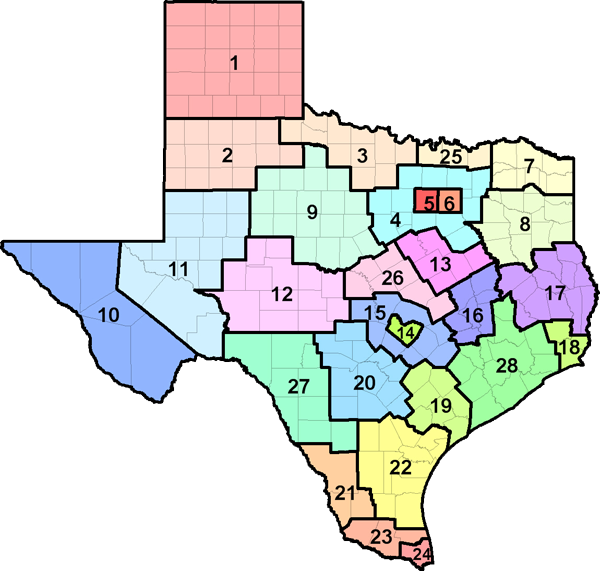The U.S. Department of Labor has developed an automated occupational information database, O*NET, that identifies and describes work content, work skills, and training requirements for all jobs across the country in all sectors of the economy. Much of the occupational information contained in this report is derived directly from the O*NET database, and supplemented with information from the Bureau of Labor Statistics, Census Bureau, and Labor Market and Career Information.

| Industry | % of Video Game Designers employed | Annual Growth Rate |
|---|---|---|
| Computer systems design and related services | 16.8 | 2.32 |
| Management, scientific, and technical consulting services | 3.9 | 1.99 |
| Advertising, public relations, and related services | 3.8 | 2.03 |
| Employment services | 2.6 | 1.26 |
| Colleges, universities, and professional schools | 2.3 | 1.06 |
| Clothing and clothing accessories retailers | 2.3 | 0.00 |
| 2024 Statewide average hourly wage | $48.05 |
| 2024 National average hourly wage | $53.58 |
| 2022 National employment | 117,900 |
| 2022 Texas employment | 9,120 |
| Texas projected employment by 2032 | 11,557 |
| Texas projected annual employment and Turnover openings through 2032 | 971 |

| Region | Employment | Projected Employment 2032 | Projected Annual Openings 2032 |
Annual Growth Rate |
Average Income |
|---|---|---|---|---|---|
| Texas (all regions) | 9,120 | 11,557 | 971 | 2.40% | $99,934.00 |
| Top 10 Relevant Knowledge Areas | Relevant Importance Levels |
|---|---|
| Design Knowledge of design techniques, tools, and principles involved in production of precision technical plans, blueprints, drawings, and models. |
|
| Computers and Electronics Knowledge of circuit boards, processors, chips, electronic equipment, and computer hardware and software, including applications and programming. |
|
| Communications and Media Knowledge of media production, communication, and dissemination techniques and methods. This includes alternative ways to inform and entertain via written, oral, and visual media. |
|
| Mathematics Knowledge of arithmetic, algebra, geometry, calculus, statistics, and their applications. |
|
| Psychology Knowledge of human behavior and performance; individual differences in ability, personality, and interests; learning and motivation; psychological research methods; and the assessment and treatment of behavioral and affective disorders. |
|
| English Language Knowledge of the structure and content of the English language including the meaning and spelling of words, rules of composition, and grammar. |
|
| Engineering and Technology Knowledge of the practical application of engineering science and technology. This includes applying principles, techniques, procedures, and equipment to the design and production of various goods and services. |
|
| Sociology and Anthropology Knowledge of group behavior and dynamics, societal trends and influences, human migrations, ethnicity, cultures, and their history and origins. |
|
| Education and Training Knowledge of principles and methods for curriculum and training design, teaching and instruction for individuals and groups, and the measurement of training effects. |
|
| Fine Arts Knowledge of the theory and techniques required to compose, produce, and perform works of music, dance, visual arts, drama, and sculpture. |
| Top 10 Relevant Skill Areas | Relevant Importance Levels |
|---|---|
| Programming Writing computer programs for various purposes. |
|
| Active Listening Giving full attention to what other people are saying, taking time to understand the points being made, asking questions as appropriate, and not interrupting at inappropriate times. |
|
| Critical Thinking Using logic and reasoning to identify the strengths and weaknesses of alternative solutions, conclusions, or approaches to problems. |
|
| Reading Comprehension Understanding written sentences and paragraphs in work-related documents. |
|
| Judgment and Decision Making Considering the relative costs and benefits of potential actions to choose the most appropriate one. |
|
| Complex Problem Solving Identifying complex problems and reviewing related information to develop and evaluate options and implement solutions. |
|
| Active Learning Understanding the implications of new information for both current and future problem-solving and decision-making. |
|
| Systems Analysis Determining how a system should work and how changes in conditions, operations, and the environment will affect outcomes. |
|
| Time Management Managing one's own time and the time of others. |
|
| Systems Evaluation Identifying measures or indicators of system performance and the actions needed to improve or correct performance, relative to the goals of the system. |
| Top 10 Relevant Abilities | Relevant Importance Levels |
|---|---|
| Fluency of Ideas The ability to come up with a number of ideas about a topic (the number of ideas is important, not their quality, correctness, or creativity). |
|
| Originality The ability to come up with unusual or clever ideas about a given topic or situation, or to develop creative ways to solve a problem. |
|
| Written Comprehension The ability to read and understand information and ideas presented in writing. |
|
| Near Vision The ability to see details at close range (within a few feet of the observer). |
|
| Oral Comprehension The ability to listen to and understand information and ideas presented through spoken words and sentences. |
|
| Written Expression The ability to communicate information and ideas in writing so others will understand. |
|
| Information Ordering The ability to arrange things or actions in a certain order or pattern according to a specific rule or set of rules (e.g., patterns of numbers, letters, words, pictures, mathematical operations). |
|
| Oral Expression The ability to communicate information and ideas in speaking so others will understand. |
|
| Problem Sensitivity The ability to tell when something is wrong or is likely to go wrong. It does not involve solving the problem, only recognizing that there is a problem. |
|
| Deductive Reasoning The ability to apply general rules to specific problems to produce answers that make sense. |